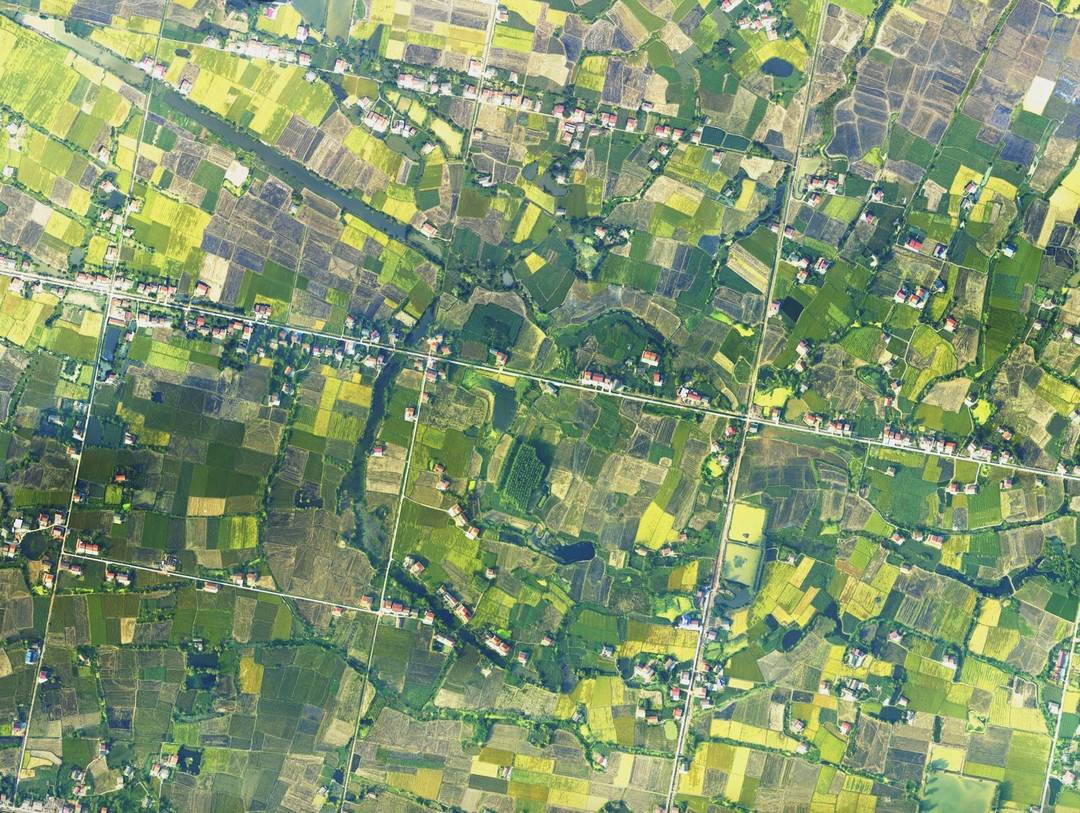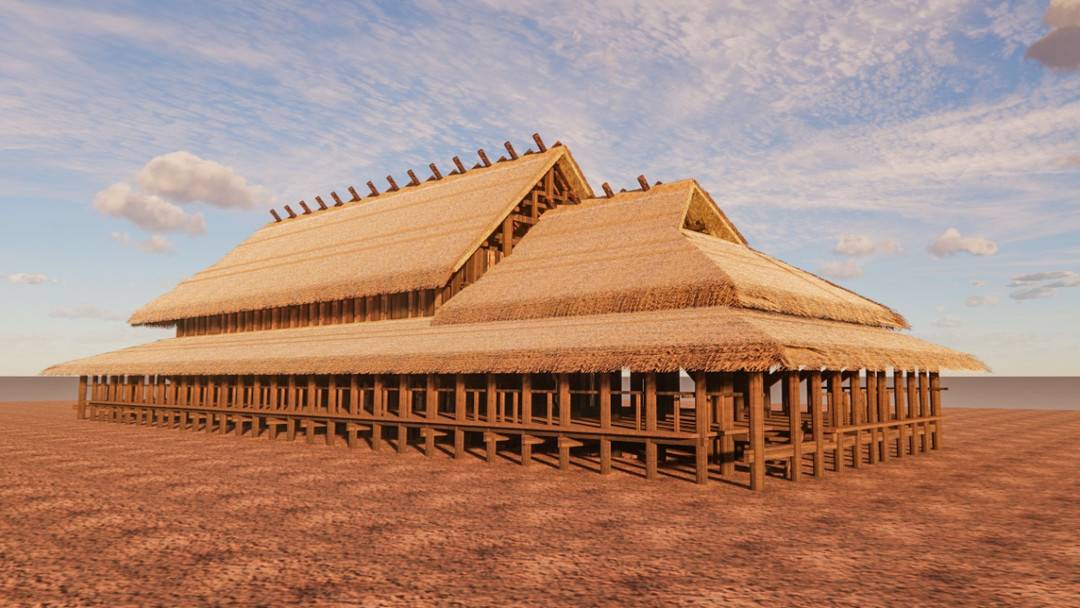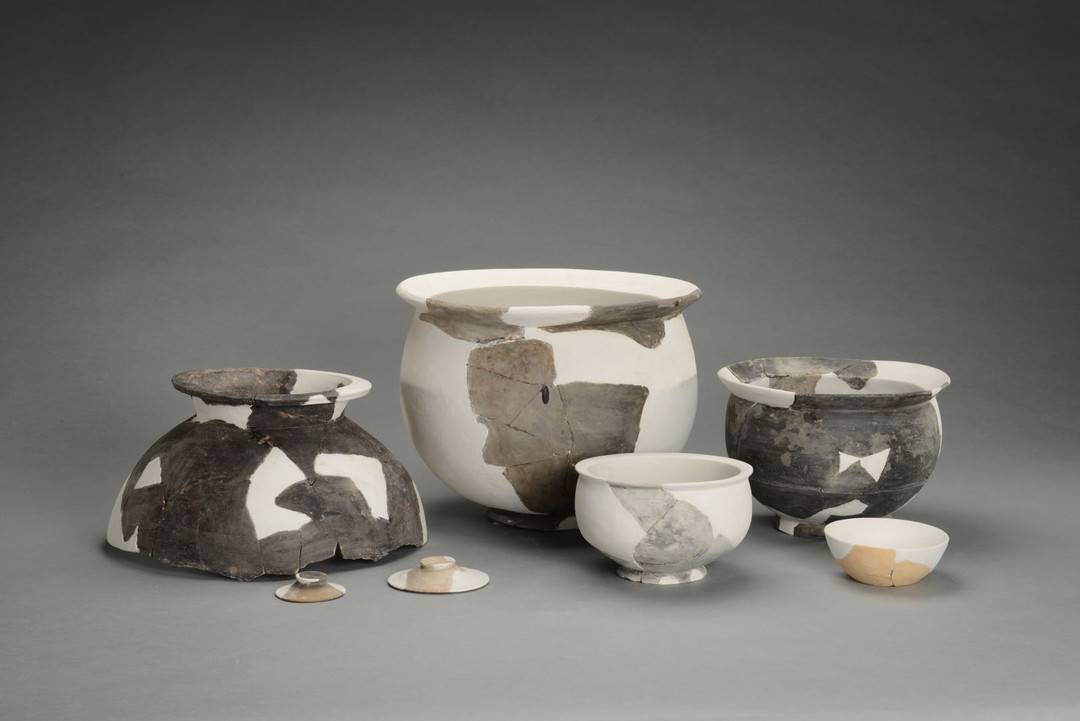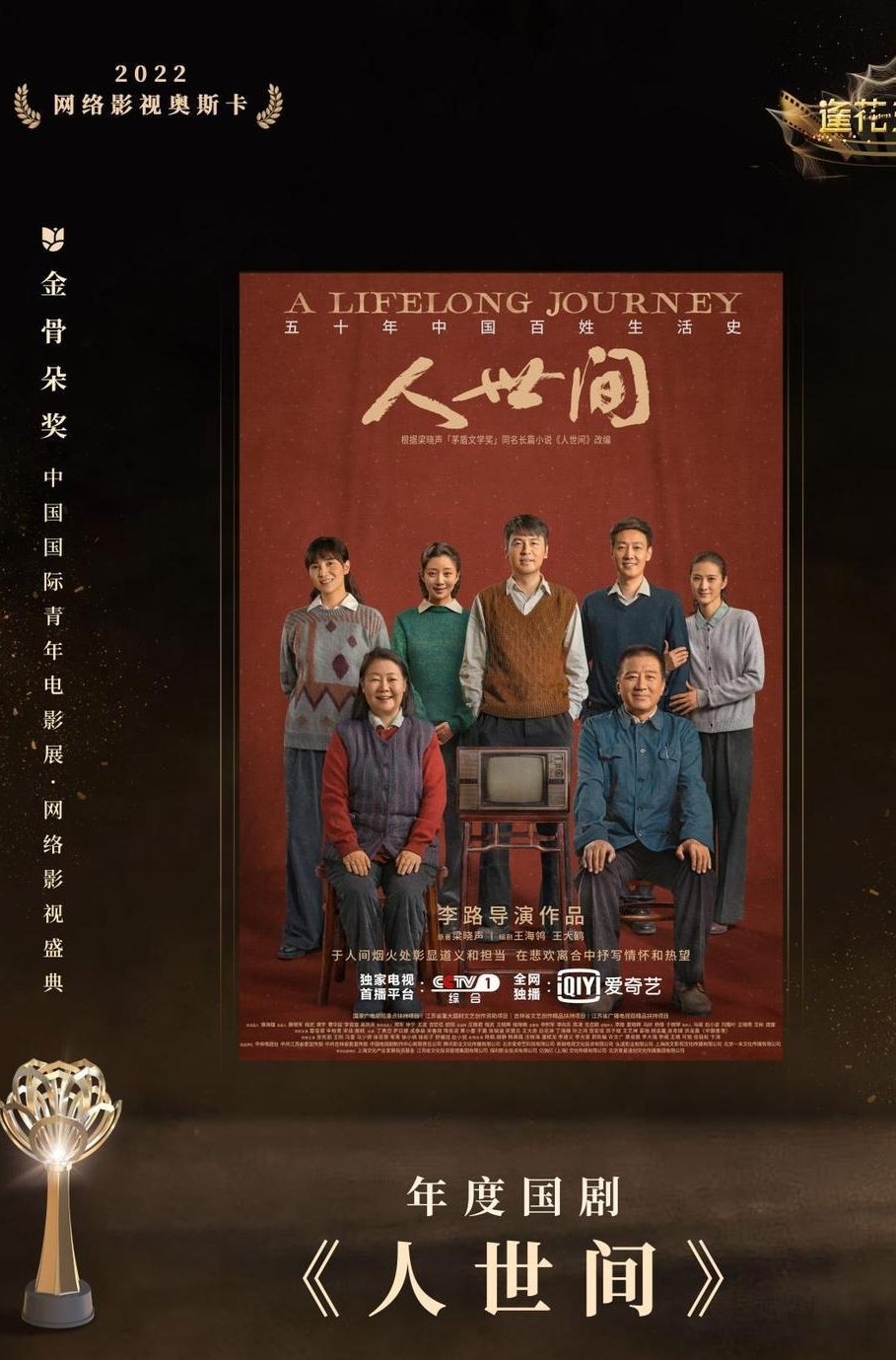Guo Weimin: In the prehistoric era without text, you must rely on archeological transparency to see people | Archeology China
Author:Cover news Time:2022.08.17
Cover reporter Hao Ying Yang Feng Hunan Changde reports
On the land where the chickens of the Platinistic Chicken Castle are located, today is still a green paddy field. Outside of the settlement ring of more than 4,000 years ago, the irrigation canal arranged in parallel still played a role.
As a key project of "Chinese Civilization Source Project" and "Archeology China", the Hunan Provincial Institute of Cultural Relics and Archeology and the Sichuan University Archaeological Board Institute have been conducting field archeological work on the site of the chicken calling city since 2018. The evolution of the evolution of the Qujialing Culture period was discovered by the large -scale wooden building relics during the Cultural period, and it was rated as the top ten new archaeological discoveries in the country in 2021.

Interviewee of the Source of the Positive Embers of Chicken Castle
Recently, Guo Weimin, chairman of the Hunan Provincial Archaeological Society and the head of the archeological excavation project of the Ji Caicheng site, said that the Jicheng site provided a rare sample for the study of Chinese prehistoric culture, social complexity process, and the origin of civilization.
The prehistoric site chicken is called city
Cover news: Please introduce the site of the chicken called the city? After preliminary excavation and sorting, what do archaeologists know it?
Guo Weimin: Since the 1950s and 1960s, the Puyang Plain where the chicken is located in the Puyang Plain of the Castle has always been the focus of the archeological work of Hunan Province. This place has a rich Neolithic Times site. , It's over 6000 years. The chicken and its surroundings were settled in human beings 8000 years ago (Pengtou Mountain Culture period). By 5,000 years ago, the Oycean Ridge culture period more than 5,000 years ago, the body of the chicken calling city appeared a stable ring settlement. On this basis, the chicken called the city to build a city wall and a moat, further expanding, and used until more than 3800 years. We can see that the social culture of this place shows a very stable and sustainable development process.
Cover news: Chicken Castle Ruins were rated as the top ten new archeological discoveries in the country in 2021. What major discoveries are there in the excavation process?
Guo Weimin: The archaeological work of the chicken is called the city site in the 1990s. At first, it was mainly peripheral investigations, exploration and trial excavation. Since 2018, it has begun to comprehensively explore and excavations as a key project of the "Chinese Civilization Source Project".
The first is the process of the chickens that just introduced the urban settlement. Human culture in different periods will leave corresponding material relics. Through the research of types, we can judge the cultural nature and relative age of the archeological specimen. The cultural sequence of Yangpingyuan Archeology is very clear.
With the development of the settlement development, a triple ring is established, and the residents of the dungeon are in the dungeon. To this day, it has still played a role.
Secondly, the large wooden building F63 was also discovered. The volume, structure, and architectural method of the building are all never seen before. We also discovered a bamboo rope to lift the wooden board. Through the detection, it was more accurate. It was about 4,700 years ago, and it belonged to the Qujialing culture period.

F63 large wooden building restoration map source respondents
In addition, we also found a large volume and piles of vitamins and rice fields. We confirmed through archeological confirmation that the progress of agriculture supports society and settlement. From the general rice fields to the large -scale water conservancy irrigation farmland system, it shows the development of agricultural civilization in the Yangtze River Basin, and also reflects the continuity and stability of the formation of Chinese civilization.
Cover news: How is this continuous and stable characteristics reflected in the excavation?
Guo Weimin: Archaeological excavations borrowed from the theory of geological strata, that is to say, excavated from the surface, the relics were from night to early, and the earliest one was buried at the bottom.
Through archeological excavation, we can get a strata profile, and the cultural relics contained in each accumulation unit are different. The section of the formation is not completely corresponding to the activities of the ancients, and there may be several years in the middle. In the large space, they may live in another place, so they must be excavated through multiple different points in order to have a comprehensive understanding. A large number of pottery films were excavated at the site of Chicken Castle. The students of the Archaeological and Cultural Expo College of Sichuan University were classified and organized according to the shape of the pottery. Based on the combination of these utensils, morphological characteristics, evolutionary relationships, etc., we can discharge a sequence. It may be a certain group of people and a community that uses this kind of thing. It can also be inferred that human behavior, spiritual culture, and beliefs at that time, to understand ancient and history.

Interviewee unearthed in the southern region trench
Relying on archeological "seeing people to see people"
Cover news: What do we know through archeological work? How did humans live in prehistoric times?
Guo Weimin: We can first understand its technical and technical levels, such as how pottery burn and how stone tools are made. These skills represent the productivity level of that era. We can also observe the micro marks on the surface of the stone tool through technical means. Different traces represent different ways of use. For example, use small stone chips to peel the skin of animals and use grinding sticks to process food. And how they choose pottery, mixed with sand or mussel shells, may also add some straw, these things can increase the heat resistance and toughness of pottery. At the same time, we can also detect and identify some residues in the pottery. Through the excavation of the tomb, we found that the funeral items in it had had standardized production. Obviously, there were a group of specialized people who specifically produced such things. There are different division of labor in society, and some of these funerals are simple, some exquisite, and the inequality of social identity are also reflected in life and death. Cover news: What information can large -scale relics such as ring tadpoles and city walls be revealed?
Guo Weimin: This is a social form of social forms. Chicken calls from general villages to ring sets, and then to large cities. Its trajectory is very clear, and it is obviously a stable rice agricultural support behind it. Because there are more people in this place, you need more space for living. At that time, why should we cultivate a ring? The first is to highlight our group of people's control of spatial resources, and the rice -made agricultural nation relocated to relocate, because land is the most important foundation for supporting us and future generations.
The expansion of the settlement means social progress. If there are more people, they must plant more food and feed more people. The society with a lot of people becomes complicated. There must be a set of measures to manage, so the administrative organization appears. At the same time, because everyone is different, some people may become craftsmen. Over time, his descendants may continue to develop this set of skills, and even form a professional group. They will use handmade products to exchange food. The division of labor in society has gradually become a complex society. Building such a large project requires a lot of manpower and material resources, and someone needs to organize them.
So far, our archeological work is not enough to have more studies, such as the number of chickens called the city's specific population, its exchanges outside, and the specific form of its society, the way of its social management operation, etc. Still at a very preliminary stage, we still don't know much about related information.
Cover news: Is there any traces of war on the prehistoric relics on the Puyang Plain?
Guo Weimin: The signs of war in the middle reaches of the Yangtze River are not obvious. It feels like the eve of the dynasty country. It may be the ancient country. The middle reaches of the Yangtze River may be a society of small nations and widows. Like Lao Tzu's description, "The people died and not far from migrating ... An Qishe lives, and enjoy their vulgarity." The people have relocated to the country, and the sound of chickens and dogs can be heard, but the old death does not die Available. At that time, the cities in the middle of the Yangtze River were at most thousands of people, and there were tens of thousands. The land and resources here were enough to support these people and have sufficient productive forces. Therefore, it is indeed a more stable and peaceful life.
Cover news: There are no text in the prehistoric era, archeological work is more difficult, and at the same time, is it more significant?
Guo Weimin: In fact, historical science includes literature history and material history. It studies history through literature and is called literature history. Our archeology is to study history through cultural relics. The earliest records in China, the era of Oracle, only 3,000 years of history. However, through archeological research, we have evidenced that nearly two million years of human history in my country, cultural history of 10,000 years, and more than 5,000 years of civilization history. There is no history of text. Therefore, its research and reconstruction of history have the value and significance of other disciplines.
The reason why we have to do archeological work is where we are clear, what is our civilization and what are the characteristics? What contribute to Chinese civilization to human history? Our cultural self -confidence lies in the civilization that has not broken for thousands of years. This is meaningful for the civilization of the entire human beings.
- END -
Heat!Which 10 are China's four major furnace cities?

While eating barbecue, it was grilled as meat. This summer, the lives of 900 milli...
"The World" won the "annual Chinese drama" award

The intersection news China International Youth Film Exhibition · Online Film and...